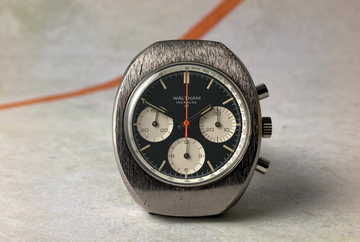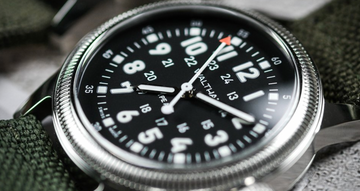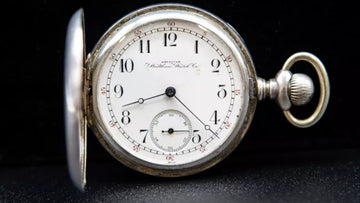
Panda dial watches are an interesting topic in the watch community, and for a good reason.
The dials are eye-catching, and appear on universally loved chronographs. The black-on-white (Panda) or white-on-black (reverse Panda) dials first appeared on chronographs in the 1960s, after which their appeal quickly grew.

The added legibility of the contrasting black sub-dials on white attracted watch buyers then, and still does to this day.
Panda dials are typically found on a chronograph watch and the watch must have a solid white, cream, or silver dial to achieve the panda look.

The “Panda” nickname (which has never been an official name of any watch) originated from the sub-dials mimicking the markings of a panda’s face, with two eyes in black at 3 and 9, and a black nose at 6 o’clock. Once you’ve seen a panda dial and know its nickname, it’s hard to unsee the image of the bear after that.
Legibility was likely the original purpose for and a key factor of the panda dial design. The black sub-dials stand out against the white, making them easier to spot and read.
In the 1960’s Waltham proposed interesting inverse Panda dial watches which today can be regarded as collectible classics.







